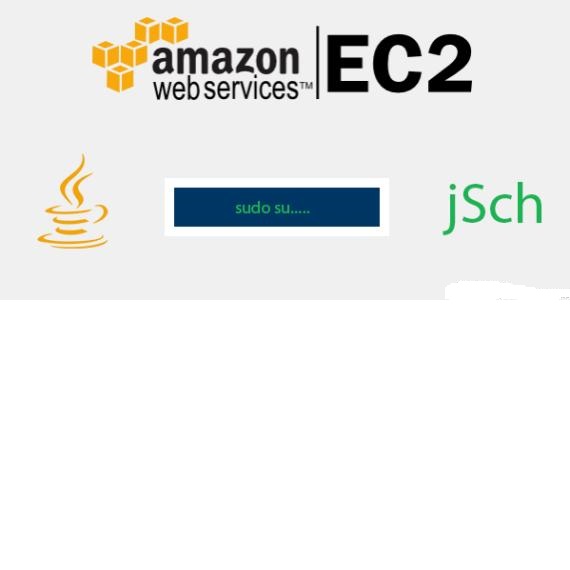Video streaming became an undivided part of the Internet. To efficiently utilize the limited network bandwidth it is essential to encode the video content. However, encoding is a computationally intensive task, involving high-performance resources provided by private infrastructures or public clouds. Public clouds, such as Amazon EC2, provide a large portfolio of services and instances optimized for specific purposes and budgets. The majority of Amazon instances use x86 processors, such as Intel Xeon or AMD EPYC. However, following the recent trends in computer architecture, Amazon introduced Arm-based instances that promise up to 40% better cost-performance ratio than comparable x86 instances for specific workloads. We evaluate in this paper the video encoding performance of x86 and Arm instances of four instance families using the latest FFmpeg version and two video codecs. We examine the impact of the encoding parameters, such as different presets and bitrates, on the time and cost for encoding. Our experiments reveal that Arm instances show high time and cost-saving potential of up to 33.63% for specific bitrates and presets, especially for the x264 codec. However, the x86 instances are more general and achieve low encoding times, regardless of the codec.
翻译:视频流成为互联网的一个不可分割的部分。 要有效利用有限的网络带宽, 就必须对视频内容进行编码。 但是, 编码是一项计算密集的任务, 涉及私人基础设施或公共云层提供的高性能资源。 公共云, 如亚马逊 EC2 等公共云层, 为特定目的和预算提供了大量的服务和事件优化组合。 大多数亚马逊 例使用x86 处理器, 如 Intel Xeon 或 AMD EPYC 。 但是, 根据计算机架构的最近趋势, 亚马逊引入了基于 Arm 的事例, 其成本- 性能比可比的 X86 例要高40%。 我们在本文件中评估了x86 和 Arm 实例的视频编码性能, 使用最新的 FFmpeg 版本和两个视频编码器。 我们考察了编码参数( 如不同的预设和比特率) 对编码时间和成本的影响。 但是, 我们的实验显示, Arm 例显示具体位数和预设值( 特别是x264 codec ) 的高度时间和成本节约潜力高达33.63% 。 然而 。 x86 例更普遍和低的编码。




